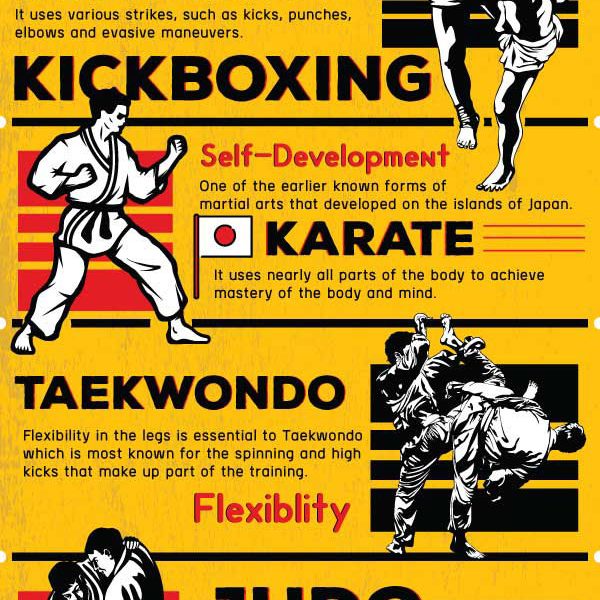The Growth And Historic Context Of Martial Arts Worldwide
The Growth And Historic Context Of Martial Arts Worldwide
Blog Article
Writer-Egeberg Workman
Martial arts have an interesting background that spans centuries and continents. You could discover it fascinating how ancient techniques like Shuai Jiao and Kalaripayattu prepared for modern fight techniques. These self-controls not just highlight physical skills however also reflect the societies that birthed them. As you discover their advancement, take into consideration exactly how globalization has transformed these conventional types right into hybrid styles. What impacts do you believe have shaped today's martial arts landscape?
Ancient Martial arts: The Foundations of Combat
As you look into the world of old martial arts, you'll find the abundant structures that shaped combat strategies across societies. Early practices focused on Self-Defense and survival, typically incorporating strikes, grappling, and weaponry.
In ancient China, as an example, methods like Shuai Jiao emphasized throws and joint locks, while India's Kalaripayattu showcased agility and liquid movement. Japanese samurai developed Kenjutsu, a refined swordsmanship that highlighted discipline and technique.
These martial arts served not just for fight but additionally as a way of individual development, instilling worths like respect and willpower. The blending of these strategies in time laid the groundwork for the diverse martial arts you see today, each showing the special approaches and requirements of its culture.
The Cultural Influence on Martial Arts Development
While martial arts frequently mirror the practical demands of a culture, they additionally personify the cultural values and beliefs of their beginnings. When you check out different martial arts, you'll notice just how they're influenced by religion, philosophy, and social norms.
As an example, the emphasis on respect and self-control in Japanese martial arts stems from Zen Buddhism and samurai culture. On the other hand, Brazilian Jiu-Jitsu promotes versatility and technique, shaped by the need for efficiency in a varied, modern setting.
You might locate that the rituals, attires, and training methods show a community's background and identity. By comprehending these cultural impacts, you strengthen your appreciation of martial arts and their function fit human experiences across the globe.
Modern Adaptations and the Globalization of Martial arts
Martial arts have actually changed considerably in recent decades, adjusting to contemporary culture and international influences. You'll notice that typical kinds have blended with modern-day strategies, developing hybrid styles like MMA. These adaptations deal with varied target markets, making martial arts accessible and attractive globally.
With https://www.baltimoresun.com/maryland/harford/harford-magazine/bs-mg-ha-empire-dojo-20221109-leiicdvhjnh7rigcobw6oz3nxa-story.html of social media and electronic systems, you can locate tutorials and competitors from all edges of the world, breaking geographical obstacles. This globalization has caused a common admiration for numerous self-controls, from Brazilian Jiu-Jitsu to Taekwondo.
As you involve with these arts, you'll understand they're not almost battle; they advertise fitness, discipline, and psychological wellness.
Ultimately, modern-day adaptations have actually improved the martial arts landscape, making it a vibrant and evolving practice.
Final thought
In checking out the history and development of martial arts, you reveal an interesting blend of techniques, cultures, and approaches. From what martial art is in karate kid like Shuai Jiao and Kalaripayattu to the modern flexibility seen in mixed martial arts, martial arts reflect humanity's quest for Self-Defense and individual development. As you involve with these practices, you not just acquire skills yet also a deeper admiration for the diverse practices that shape our globe today. So, proceed why did martial arts developed in asia and embrace the art of combat!
